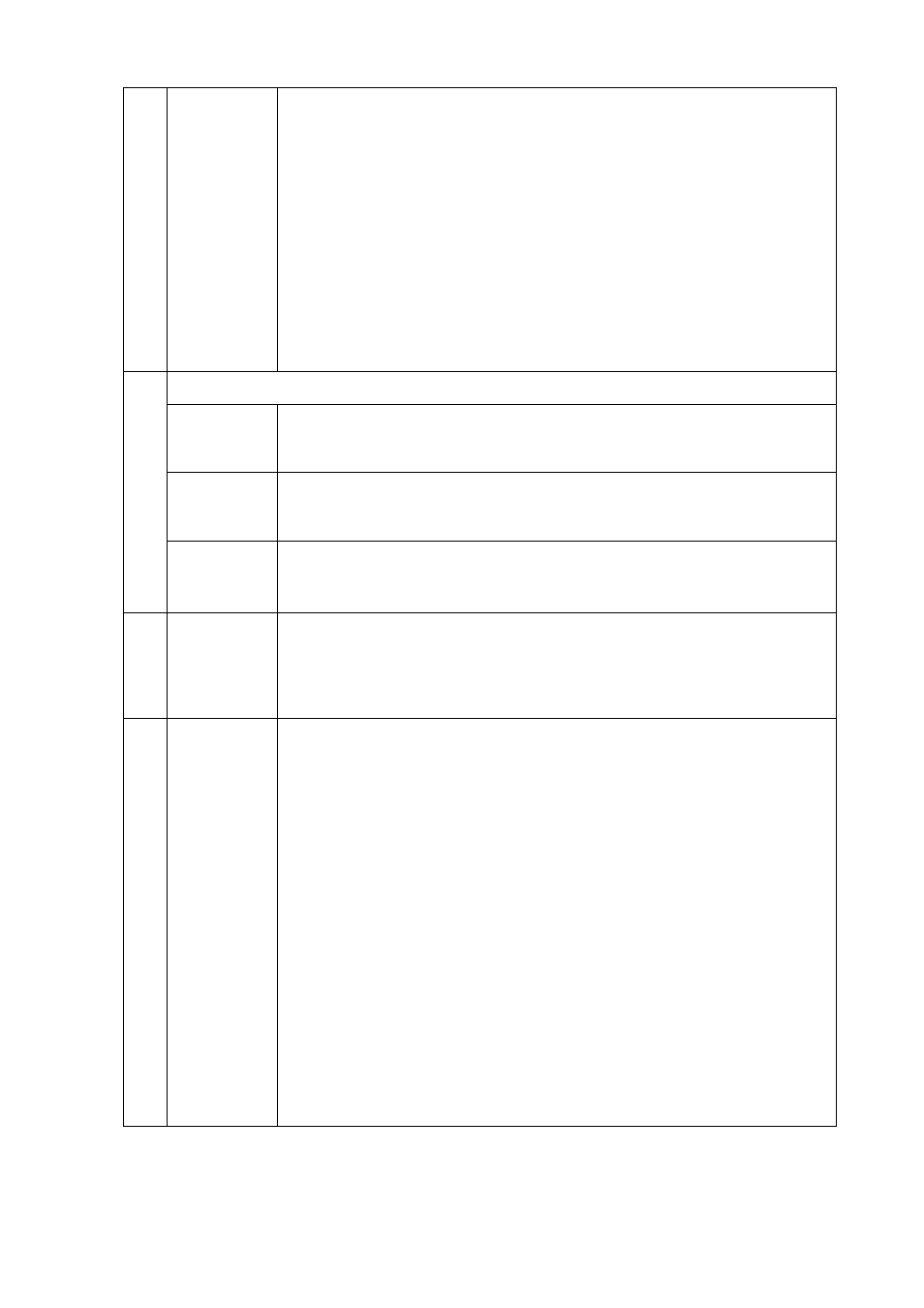Yamaha CVP-705B User Manual
Page 29

Vocal Harmony Settings
CVP-709/CVP-705 Reference Manual
29
Type
Determines how the harmony notes are applied to the microphone sound by selecting
one of the Chordal Types. Almost all Types apply the harmony notes based on the chord
specified via the left hand section of the keyboard, chord section of the keyboard, or the
Song data, with the exception of the following two Types.
• ScaleDiatonic: This generates harmony notes based on the Key Root and Key Type
specified in the Harmony Assign display (
), meaning that the harmony notes do not
depend on the chord but match the diatonic scale of the current song’s key signature.
• Parallel: This adds a note to the lead note (microphone sound) with the interval specified
at
, regardless of the chord.
NOTE
“Abv” in the Chordal Type List means that the harmony notes are generated above the lead
note (microphone sound) while “Blw” means that the harmony notes are generated below
the lead note.
For more information about the Chordal Types, refer to the “MIDI Reference” (Vocal
Harmony Parameter List) on the website.
(When the Mode is set to “Vocoder” or “Vocoder -Mono”)
Song Ch
When set to one of 1 – 16, note data (played from a Song on this instrument or the
connected computer) of the corresponding channel is used to control the harmony.
When set to “Off,” Song data control over harmony is turned off.
Part
When set to “Mute,” the channel selected above (to control Harmony) is muted (turned
off) during Song playback, allowing you to disable control via specific channels as
desired.
Keyboard
• Off: Keyboard control over harmony is turned off.
• Upper: Notes played to the right of the Split Point control the harmony.
• Lower: Notes played to the left of the Split Point control the harmony.
Balance
Lets you set the balance between the lead vocal (the microphone sound) and Vocal
Harmony sound. Raising this value increases the volume of the Vocal Harmony and
decreases that of the lead vocal. When this is set to L
vocal is output.
Balance
adjustment
for each Lead
note and
Harmony
note
The following parameters can be adjusted for each Lead note (microphone sound) and
Harmony note.
• Transpose/Degree: Lets you shift the pitch for each Harmony note and Lead note. The
range for all notes is the same; however, the lead note can only be adjusted in octaves.
When the Chordal Type is set to “ScaleDiatonic,” this parameter changes to Degree, letting
you shift the pitch in degree from -3 octaves (-22 scale degrees) – Unison (1 scale degree) –
+3 octaves (+22 scale degrees).
• Detune: Determines the fine pitch setting for each Harmony note from -50 cents to +50
cents.
• Formant: Determines the formant setting for each Harmony note. The higher the value,
the more “feminine” the harmony voice becomes. The lower the value, the more
“masculine” the voice.
• Pan: Determines the pan position setting for each Harmony note. Setting each Harmony
note to a different pan position, with the Lead vocal at center, for example, results in a
naturally wide stereo sound.
• Volume: Determines the volume setting for each Harmony note. Use this to adjust the
relative level balance among the Lead vocal and the Harmony notes.
NOTE
When Pitch Correct Mode (
) is set to OFF the Lead part is not available for the
Transpose/Degree, Detune and Formant parameters.
NOTE
The Transpose values of the Harmonies are available only when the Mode (
) is set to
“Chordal.”
